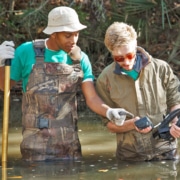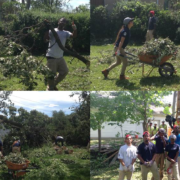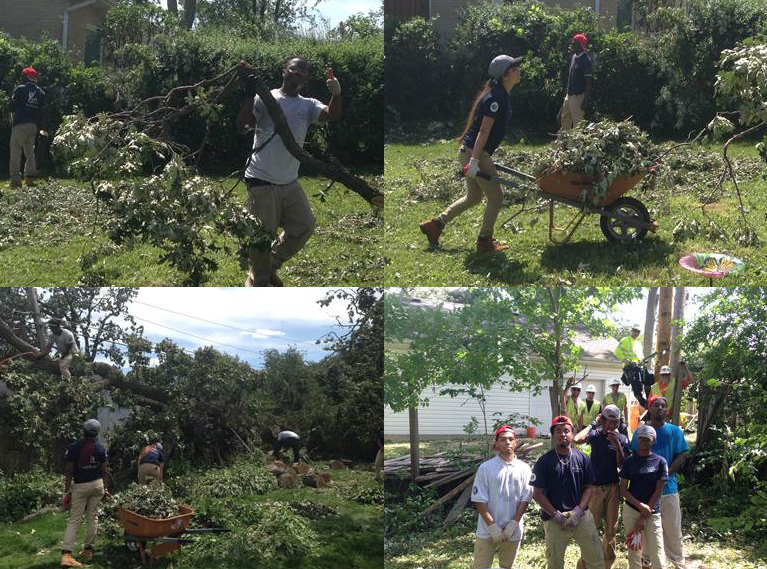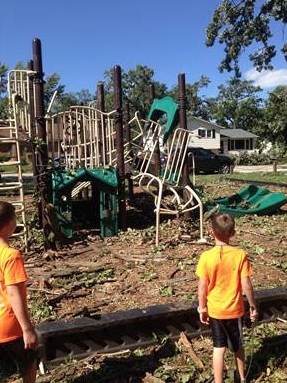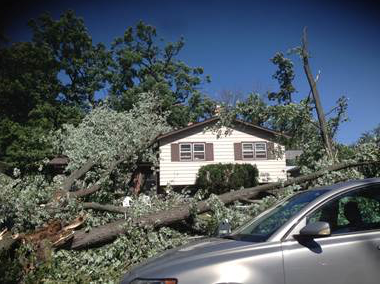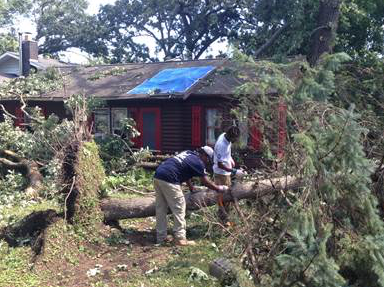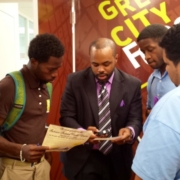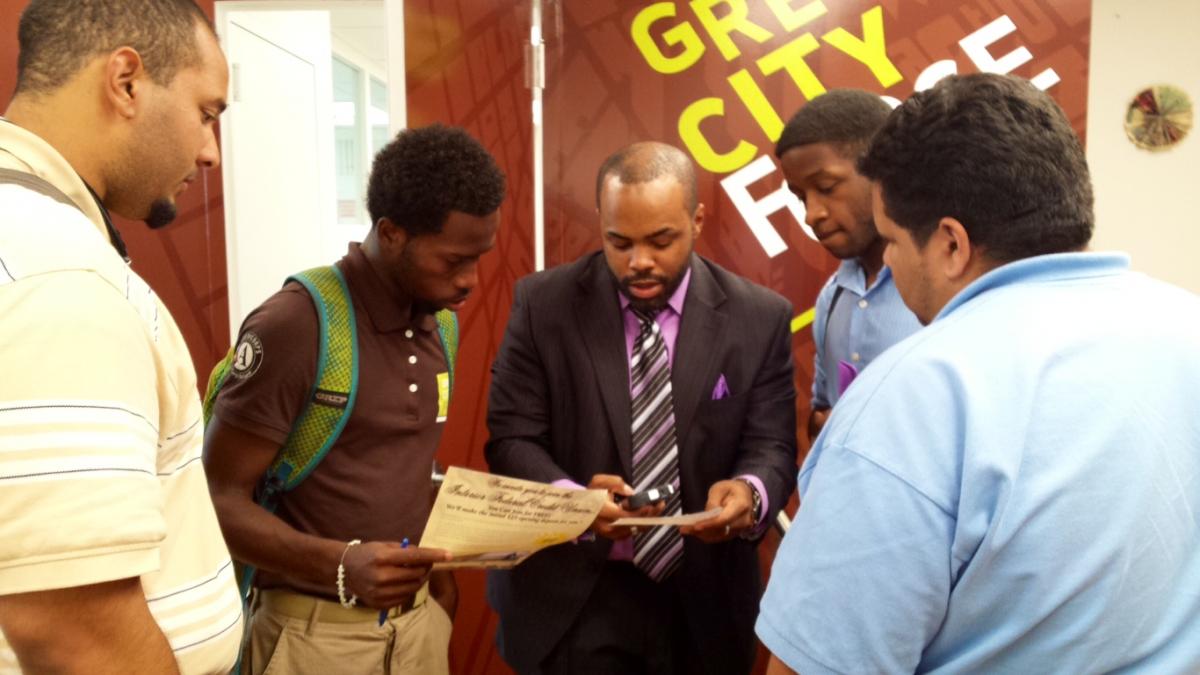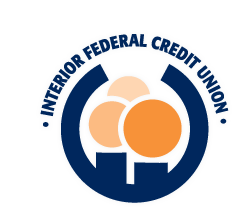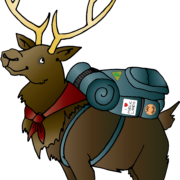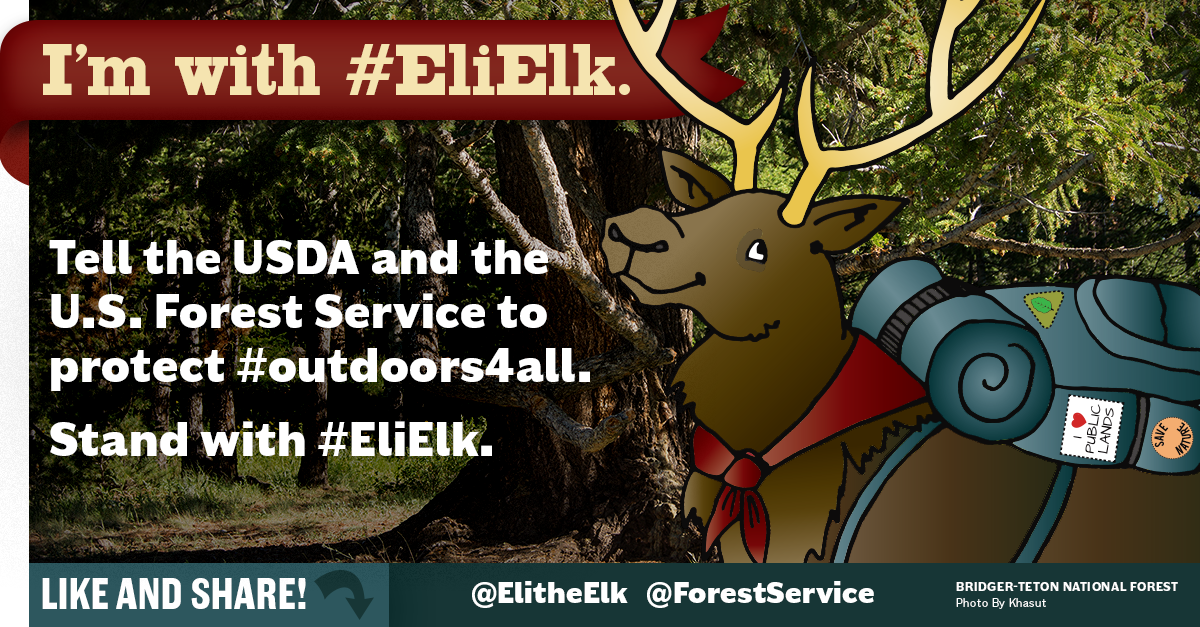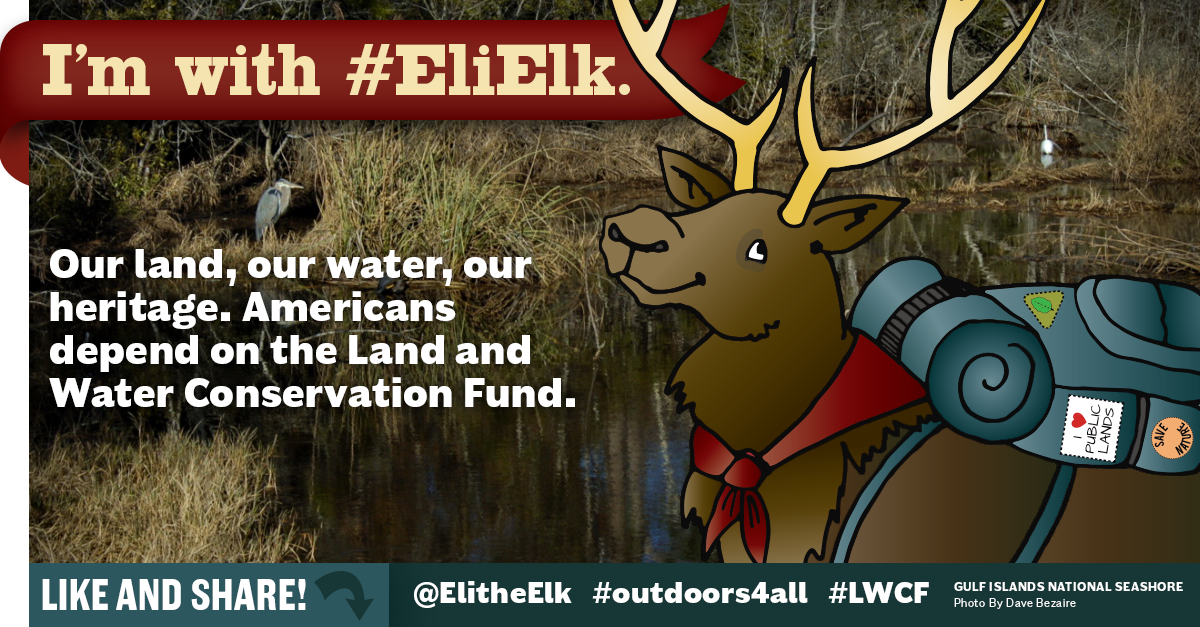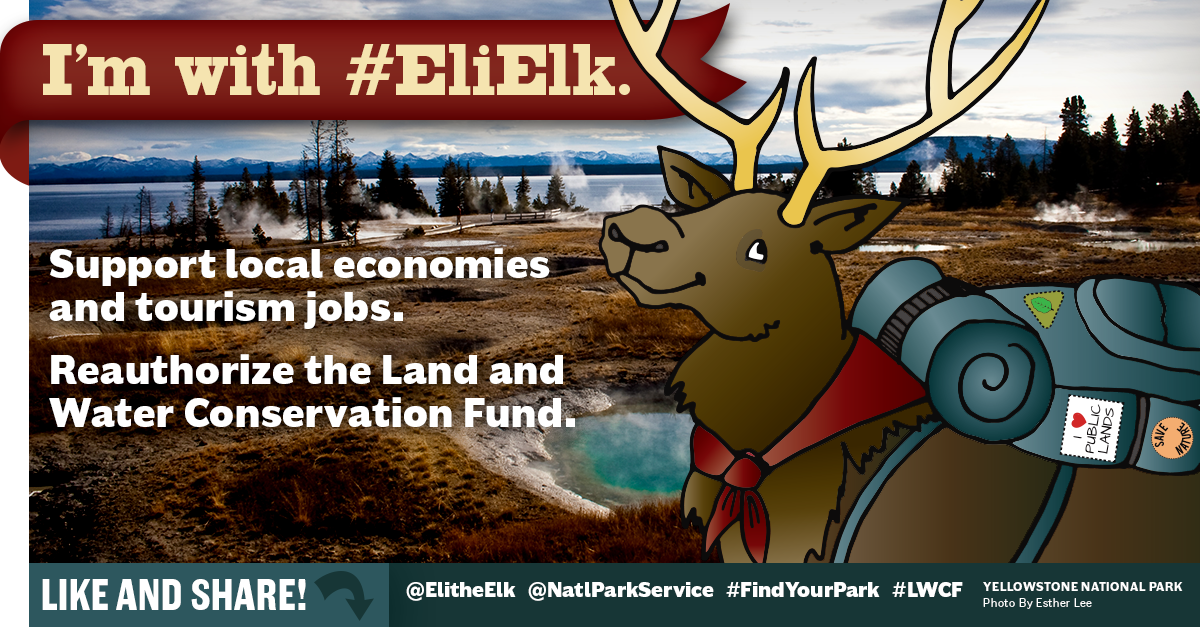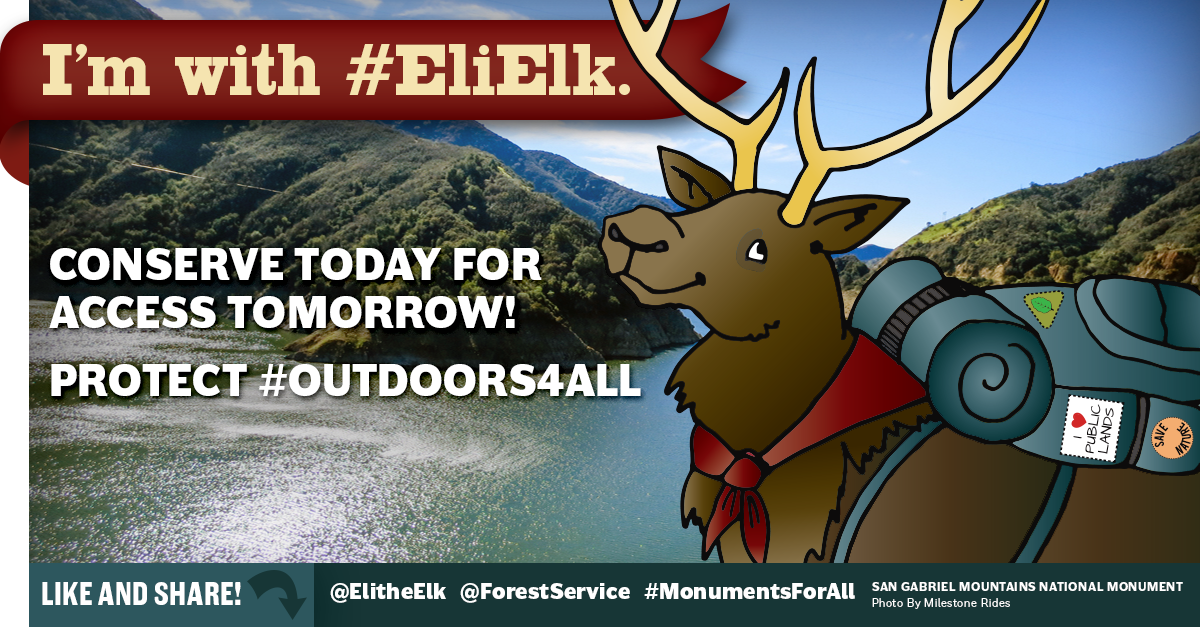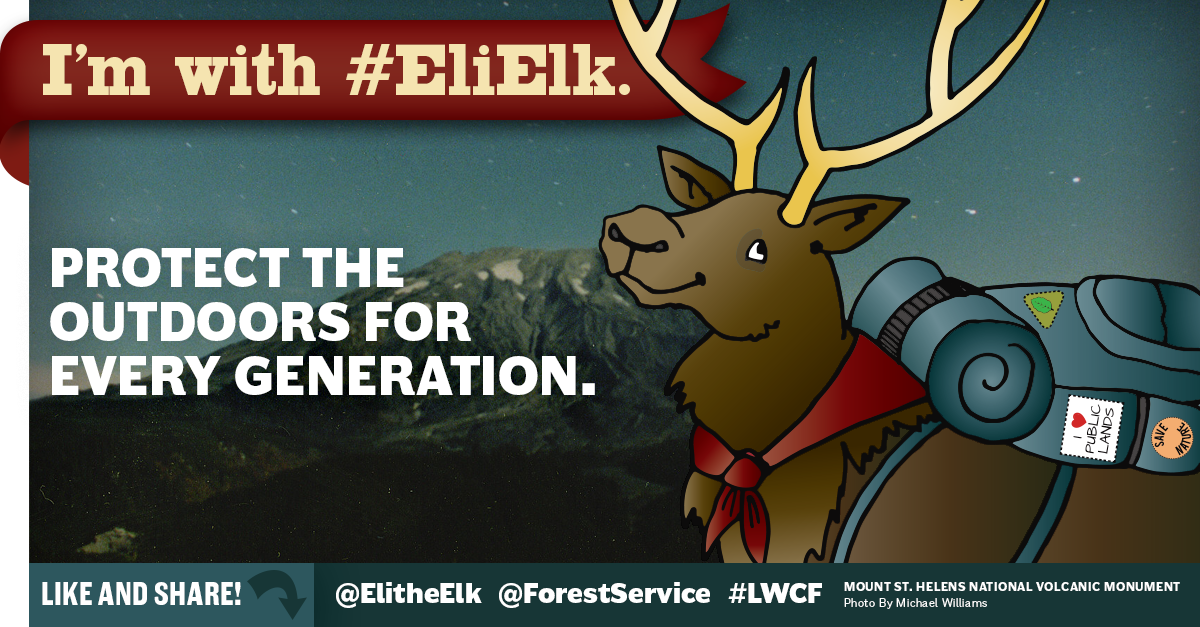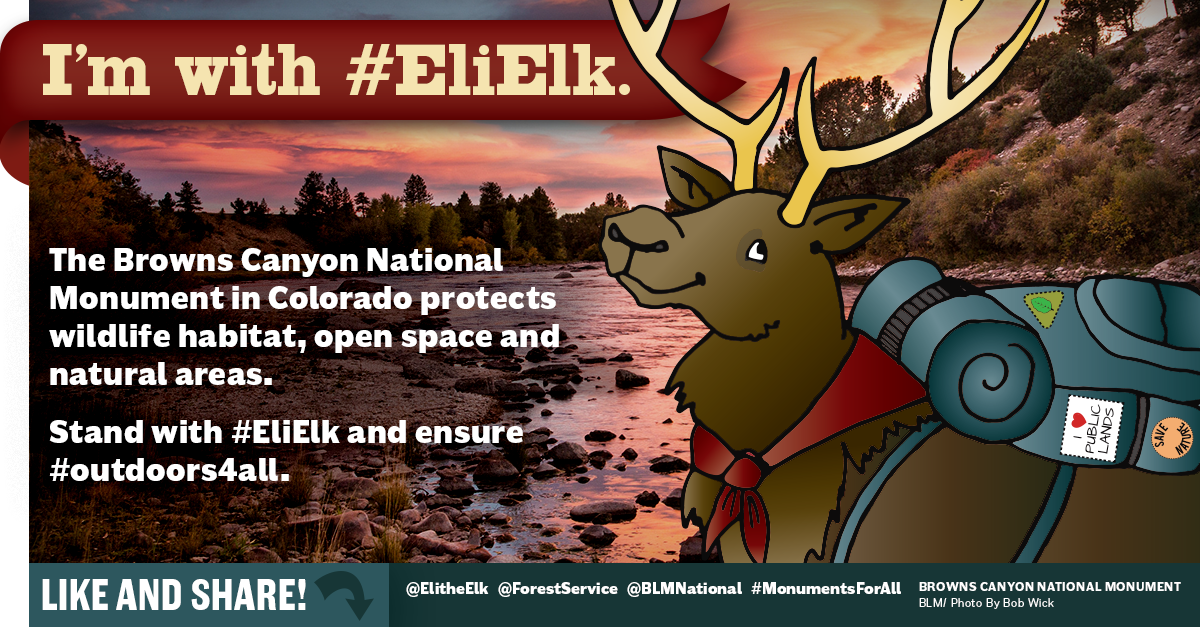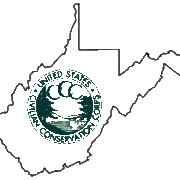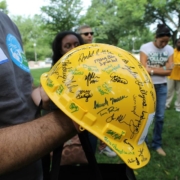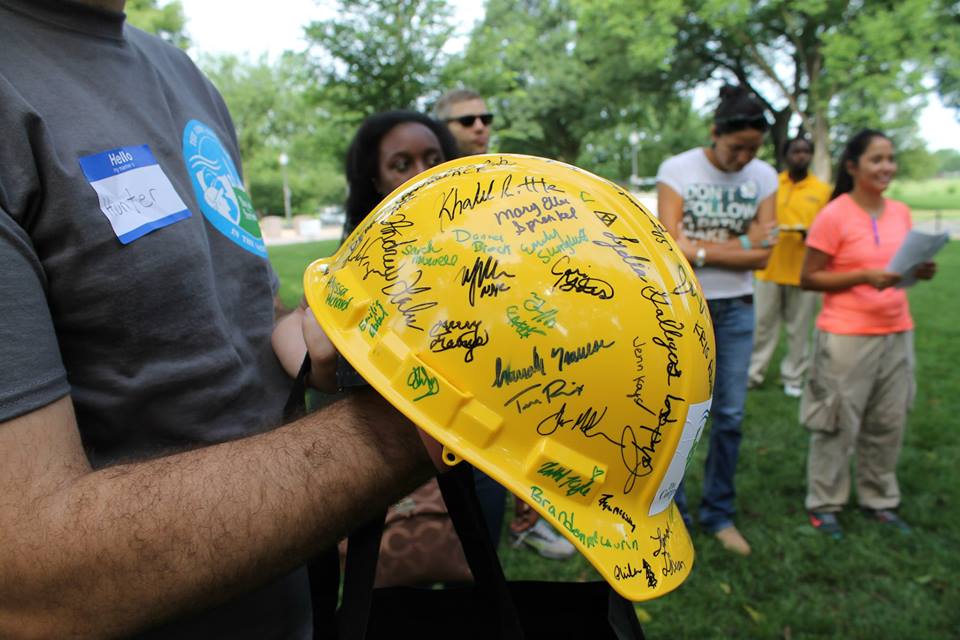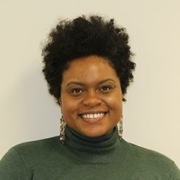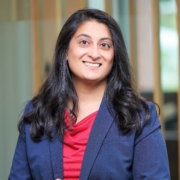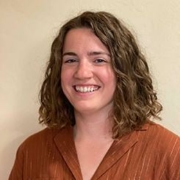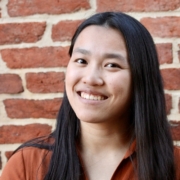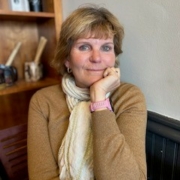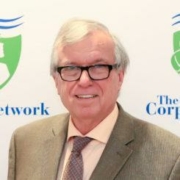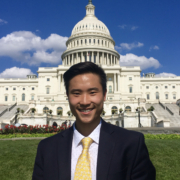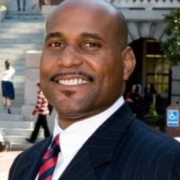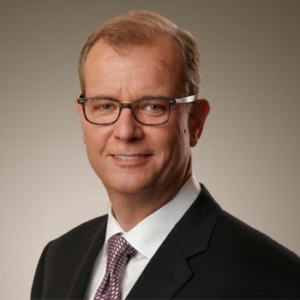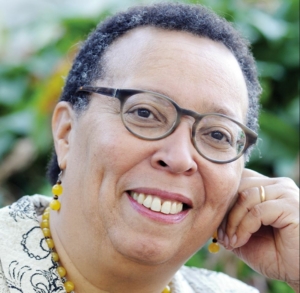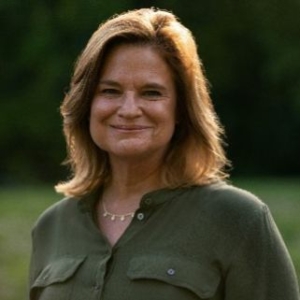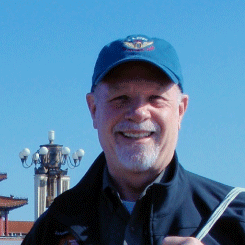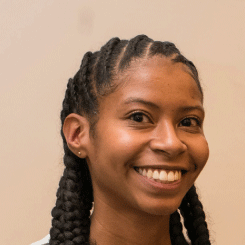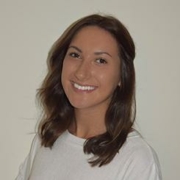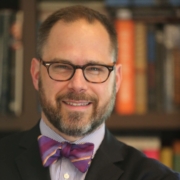Gulf Coast Ecosystem Restoration Council Proposes an $8 Million Gulf Coast Conservation Corps Program

A Climb CDC Corpsmember and Texas Conservation Corps Crewleader work together on a pilot project as part of The Corps Network’s Gulf Coast Restoration Initiative. Photo Credit: The Nature Conservancy
Last week the Gulf Coast Ecosystem Restoration (RESTORE) Council released its Draft Initial Funded Priorities List. Using funds obtained from settlements following the 2010 Deepwater Horizon oil spill, the Restore Council now aims to solicit public feedback on $139.6 million of proposed projects by September 28th. In addition to the opportunity to provide written feedback, several public meetings have been scheduled in Gulf Coast states.
Among the proposed projects is a Gulf Coast Conservation Corps program. The $8 million program would be administered by the National Oceanic & Atmospheric Administration (NOAA) with support from the U.S. Department of Interior, as well as the state governments of Gulf Coast states. In addition to training local youth and veterans, a major emphasis would be placed on the engagement and recruitment of tribal youth. The Restore Council states that “The initial recruitment target is to employ approximately 25 crewmembers per State, per year, with a total of approximately 375 crewmembers working a total of 750,000 hours.”
Ecologically the program would aim to restore at least 500 acres of coastal habitat, as well as assist with the completion of other priority projects, including some of those that are part of the Draft Initial Funded Priorities List. Rather than establishing a new federal Corps program, NOAA, DOI, and the states would partner with pre-existing regional and local Corps programs who could help coordinate the implementation of the program.
The Corps Network’s CEO Mary Ellen Sprenkel released the following statement on the proposed Gulf Coast Conservation Corps project:
“The RESTORE Council’s commitment to restoring the Gulf Coast is not only a victory for the ecosystems, wildlife, and the Gulf of Mexico— it’s a victory for people. Thanks to the support of the Walton Family Foundation, The Nature Conservancy, and many partners in the Gulf Region over the past year and a half, we have demonstrated through several pilot projects that young people have the will and desire to be involved in this critical work. By recruiting local young people and veterans to these new, high-impact demonstration projects, a growing tide of people throughout the Gulf Region will see how empowering youth to learn how to restore their region’s lands and waters pays off for local economies and communities, as well as for the Corpsmembers themselves.”
The Corps Network has been working with a number of its members and partners in the Gulf Coast Region to demonstrate the role Conservation Corps can play in coastal restoration and in the development of a locally available conservation workforce. A number of pilot projects are ongoing as part of our Gulf Coast Restoration Initiative.

